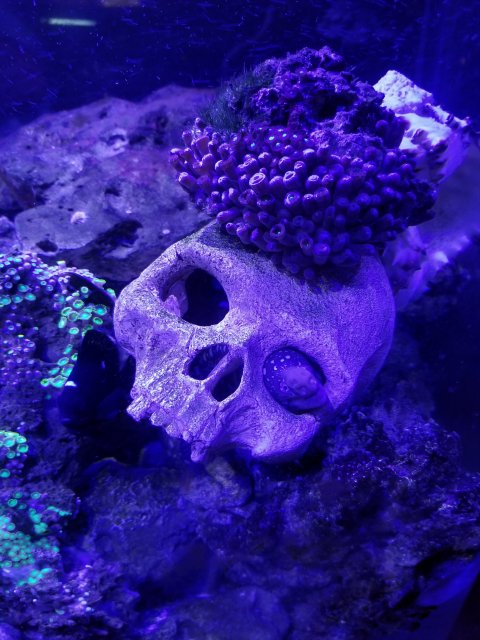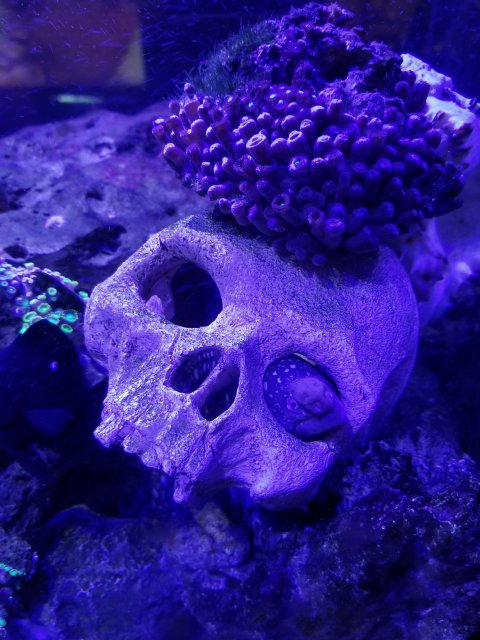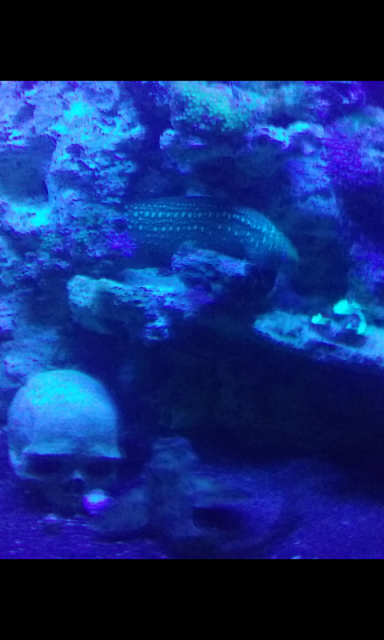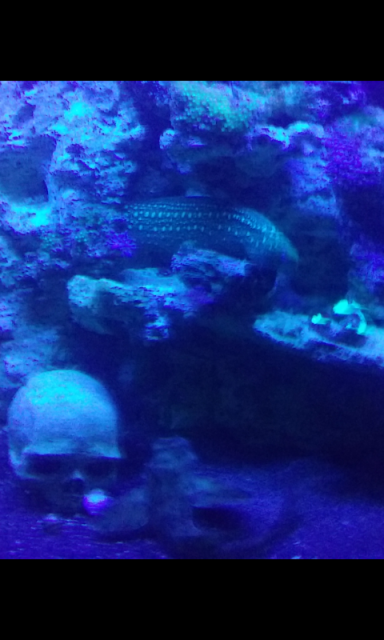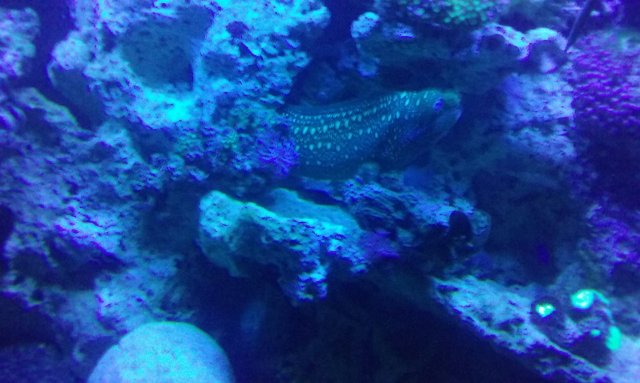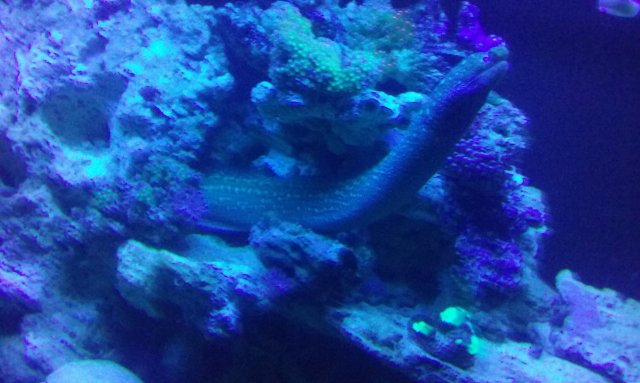My moray eel
- Thread starter Mushutherhinoscorpion
- Start date
Nice. Are you sure of the ID? Palenose eels (Gymnothorax flavoculus) is a dwarf moray species that usually reaches under a foot in length.
It's look more like Jeweled moray or Skeletor moray.
Can you take full body shot picture?
Like Oddball already said, Pale nose CAN NOT reach 3 foots.
Can you take full body shot picture?
Like Oddball already said, Pale nose CAN NOT reach 3 foots.
Nop its a pale nose moray aka frackle face moray look it up . Mexican pale nose moray eel. ....i dont just buy **** with researching before I purchase itIt's look more like Jeweled moray or Skeletor moray.
Can you take full body shot picture?
Like Oddball already said, Pale nose CAN NOT reach 3 foots.
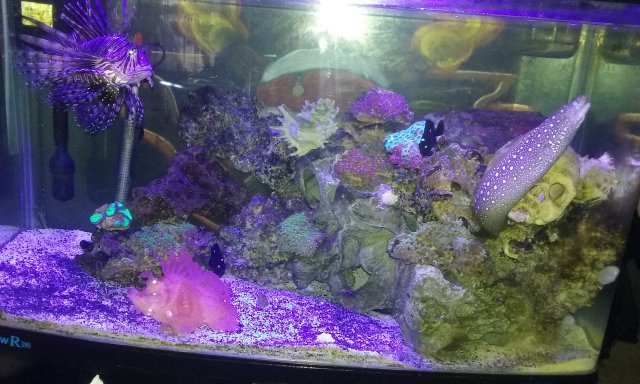
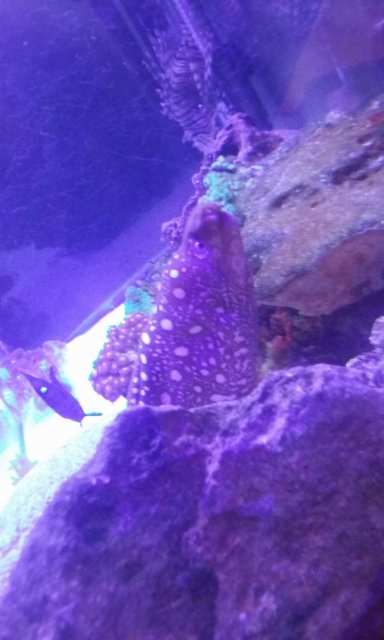
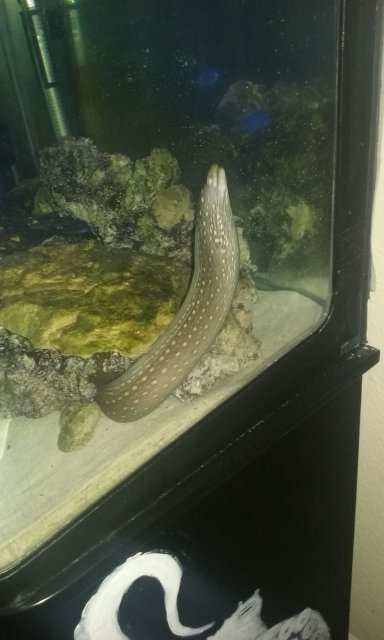
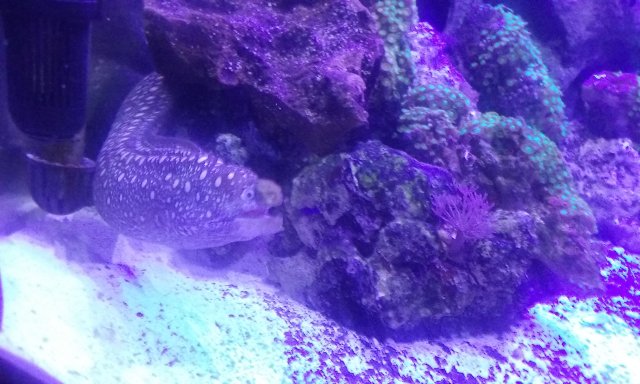
Nice. Are you sure of the ID? Palenose eels (Gymnothorax flavoculus) is a dwarf moray species that usually reaches under a foot in length.
no look up Mexican pale nose moray eel 2'.5" to 3'Nice. Are you sure of the ID? Palenose eels (Gymnothorax flavoculus) is a dwarf moray species that usually reaches under a foot in length.
Palenose MorayNice. Are you sure of the ID? Palenose
Nice. Are you sure of the ID? Palenose eels (Gymnothorax flavoculus) is a dwarf moray species that usually reaches under a foot in length.(Gymnothorax flavoculus) is a dwarf moray species that usually reaches under a foot in length.no look up Mexican pale nose moray eel 2'.5" to 3'
Palenose Moray, Echidna nocturna
The Palenose Moray, Echidna nocturna,whose common Spanish name is morena pecosa, is a member of the Moray and Snake Moray Eel or Muraenidae Family, known collectively as morenas in Mexico. This fish is also known as the Freckled Face Moray. Globally, there are eleven members in the genus Echidna, three of which are found in Mexican waters, one in the Atlantic and two in the Pacific.
The Palenose Morays have stout elongated bodies that taper gradually toward the tail. They are dark brown in color and transition to lighter brown ventrally. The first half of their body is covered with widely-spaced small tan-yellowish spots. Their top jaw has a row of tan-yellowish spots that extends from the tip of the snout to the rear margin of the eyes; their lower jaw has similarly colored spots than extend to the end of the mouth. Their front nostrils are orange. They lack the black spot covering the gill openings found in many Morays. Their head is broad with a short snout and short jaws. Their front nostril is tubular whereas their rear nostril is a small hole in front of the eyes. They have molar-like teeth on the roof of their mouth. Their anal and dorsal fins originate before the gill openings and are covered with skin. Their tail is covered with skin, has a blunt tip and is slightly greater than 50% of body length.
The Palenose Moray are common inhabitants of shallow rocky reef areas and are found within cracks and crevices in the subtidal zone at depths up to 100 feet. They reach a maximum length of 75 cm (30 inches). They are nocturnal ambush predators with poor eyesight that utilize their keen sense of smell to seek out prey, consuming small fish and invertebrates including crab, octopus, and shrimp. Reproduction is viviparous with eggs and sperm broadcast into the water generating pelagic eggs and larvae that drift in oceanic currents before settling out on the bottom. They are a poorly studied and poorly documented species and very little is known about their behavioral patterns.
In Mexican waters the Palenose Morays have a limited distribution being found from Magdalena Bay southward along the southwest coast of Baja, in the lower two-thirds of the Sea of Cortez, and along the west coast of the mainland south to Guatemala.
Due to its facial spotting, the Palenose Moray is straightforward to identify and cannot be confused with any other species.
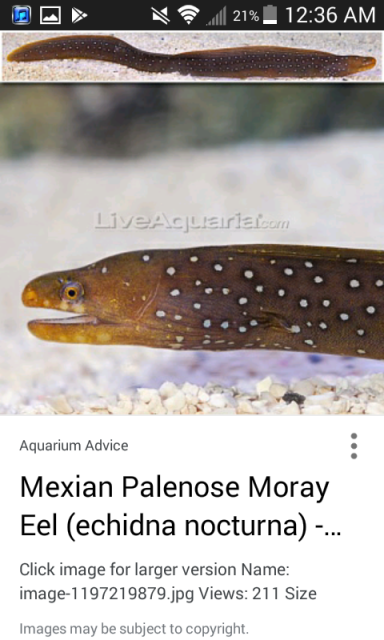
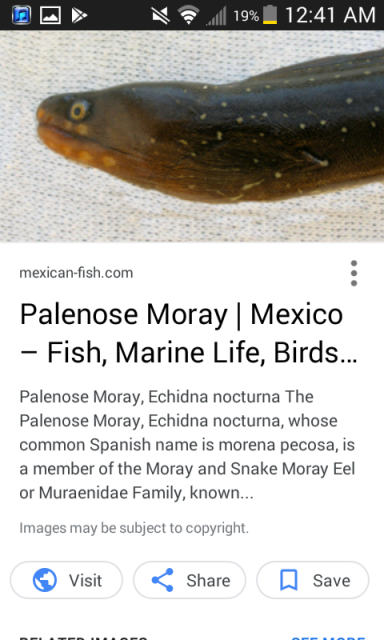
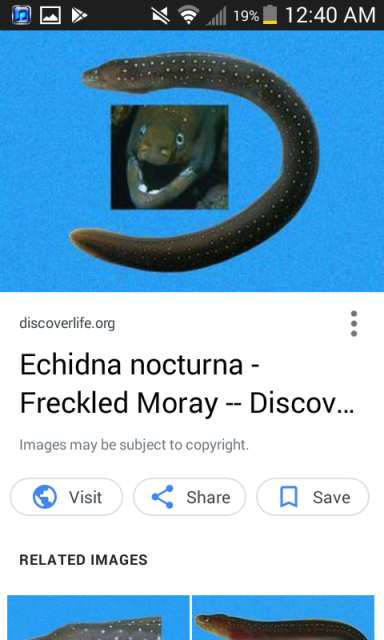
Palenose MorayNop its a pale nose moray aka frackle face moray look it up . Mexican pale nose moray eel. ....i dont just buy **** with researching before I purchase it
View attachment 1280990
View attachment 1280991
View attachment 1280992
View attachment 1280993
Palenose Moray, Echidna nocturna
The Palenose Moray, Echidna nocturna,whose common Spanish name is morena pecosa, is a member of the Moray and Snake Moray Eel or Muraenidae Family, known collectively as morenas in Mexico. This fish is also known as the Freckled Face Moray. Globally, there are eleven members in the genus Echidna, three of which are found in Mexican waters, one in the Atlantic and two in the Pacific.
The Palenose Morays have stout elongated bodies that taper gradually toward the tail. They are dark brown in color and transition to lighter brown ventrally. The first half of their body is covered with widely-spaced small tan-yellowish spots. Their top jaw has a row of tan-yellowish spots that extends from the tip of the snout to the rear margin of the eyes; their lower jaw has similarly colored spots than extend to the end of the mouth. Their front nostrils are orange. They lack the black spot covering the gill openings found in many Morays. Their head is broad with a short snout and short jaws. Their front nostril is tubular whereas their rear nostril is a small hole in front of the eyes. They have molar-like teeth on the roof of their mouth. Their anal and dorsal fins originate before the gill openings and are covered with skin. Their tail is covered with skin, has a blunt tip and is slightly greater than 50% of body length.
The Palenose Moray are common inhabitants of shallow rocky reef areas and are found within cracks and crevices in the subtidal zone at depths up to 100 feet. They reach a maximum length of 75 cm (30 inches). They are nocturnal ambush predators with poor eyesight that utilize their keen sense of smell to seek out prey, consuming small fish and invertebrates including crab, octopus, and shrimp. Reproduction is viviparous with eggs and sperm broadcast into the water generating pelagic eggs and larvae that drift in oceanic currents before settling out on the bottom. They are a poorly studied and poorly documented species and very little is known about their behavioral patterns.
In Mexican waters the Palenose Morays have a limited distribution being found from Magdalena Bay southward along the southwest coast of Baja, in the lower two-thirds of the Sea of Cortez, and along the west coast of the mainland south to Guatemala.
Due to its facial spotting, the Palenose Moray is straightforward to identify and cannot be confused with any other species.
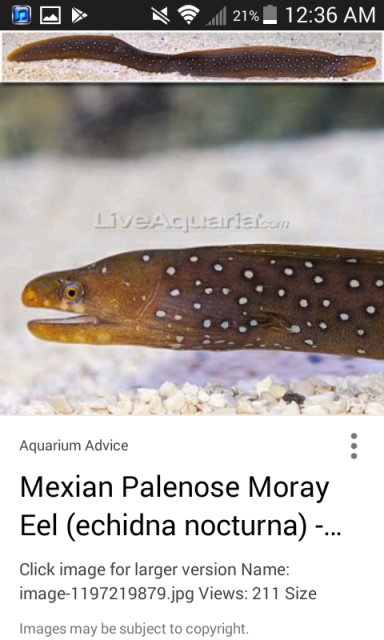
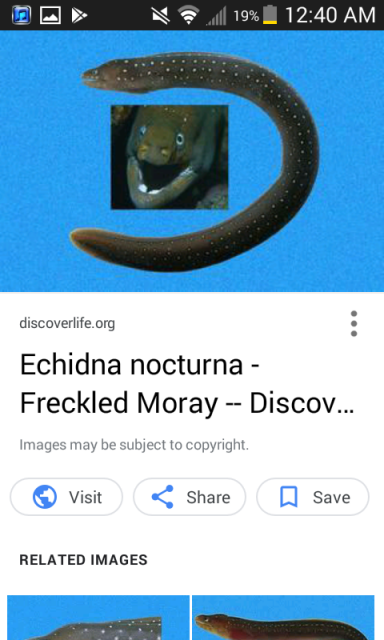
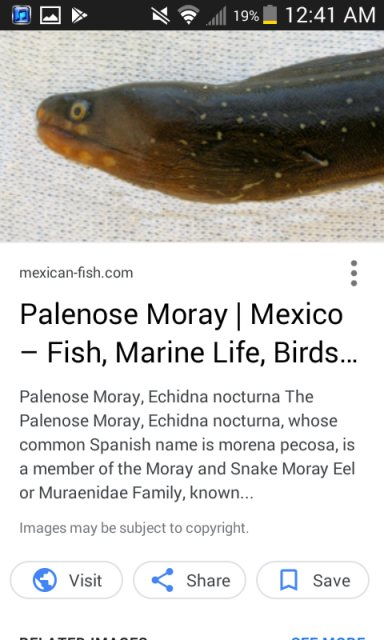
Thanks for the scientific name, next time best to post the species scientific name instead of its common for sale name.


